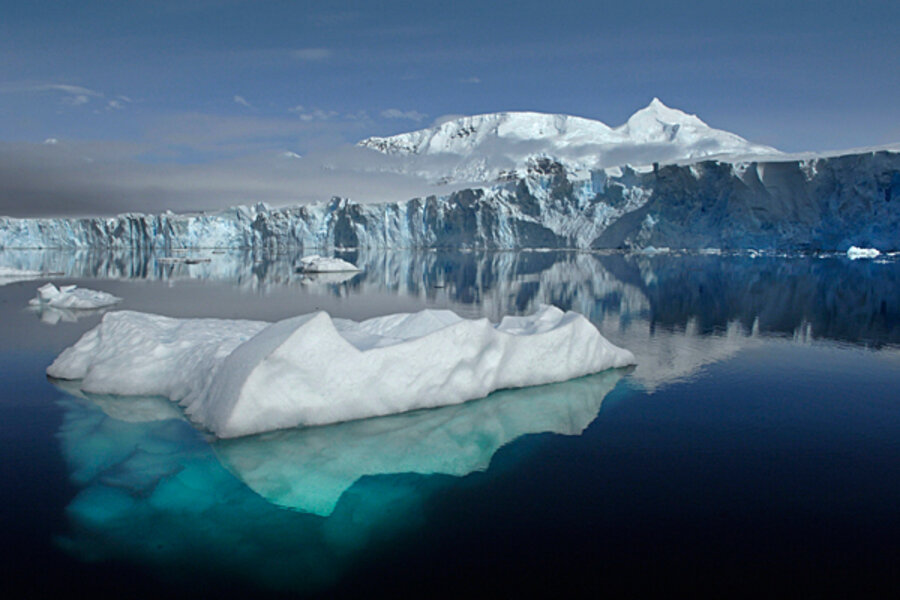Antarctic ice melting from below, finds study
Loading...
Most of Antarctica's ice loss is from the bottom up, new research finds.
In what represents the first comprehensive study of all of the frozen continent's ice shelves, researchers have found that basal melt, that is, melting from underneath driven by warm ocean waters, accounted for 55 percent of shelf loss from 2003 to 2008.
This figure is much higher than previously thought. Before this study, it was suspected that much of Antarctica's ice loss was the result of icebergs splitting apart and falling into the sea.
“We find that iceberg calving is not the dominant process of ice removal. In fact, ice shelves mostly melt from the bottom before they even form icebergs,” said the study's lead author, Eric Rignot, in a press release. “This has profound implications for our understanding of interactions between Antarctica and climate change. It basically puts the Southern Ocean up front as the most significant control on the evolution of the polar ice sheet.”
The findings, which appear in the current issue of the journal Science, will help scientists better understand how Antarctic ice loss will contribute to sea level rise. Antarctica holds about 60 percent of the planet's fresh water.
Dr. Rignot, a professor at University of California, Irvine, who also works at NASA’s Jet Propulsion Laboratory in Pasadena, found that fewer than a dozen small ice sheets was responsible for half of the meltwater. Antarctica's largest ice sheets, Ross, Filchner, and Ronne, which make up two-thirds of the continent's shelves, were behind only 15 percent of the melting.
Ice shelves, which are attached to 44 percent of the Antarctic coastline, are formed as ice from the land flows out to the sea and as snow falls on it. Ringot and his team found that the shelves were losing ice much faster than they could replace it.
“Ice shelf melt can be compensated by ice flow from the continent,” Rignot said. “But in a number of places around Antarctica, they are melting too fast, and as a consequence, glaciers and the entire continent are changing.”








